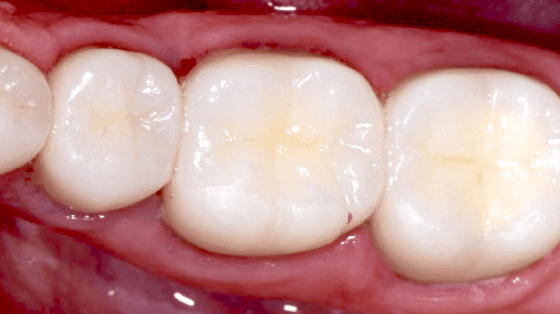Fillings are one of the most widely recognized dental systems. In the event that you’ve at any point experienced tooth rot (also called a “pit” or “caries”), odds are you’ve had a filling. Dental specialists use fillings to fix and supplant depressions that would somehow or another leave the delicate inward tooth (known as “dentin”) uncovered. Without a dental filling, untreated pits can bring about extra wellbeing entanglements, including rot, ulcer, or contamination.
From amalgam fillings to composites, here’s a brief glance at how dental fillings work:
How Do Amalgam Fillings Work?
At the point when your dental specialist decides a filling is required, the individual in question will initially set up the site. Toward the beginning of the system, your dental specialist will oversee a sedative by means of a shot. For your additional solace, a narcotic might be managed. After the influenced region is numb, the dental specialist utilizes unique instruments to expel (or “unearth”) the rot.
When the rot is expelled, your dental specialist will fill the uncovered region with a filling, shape the material to coordinate your tooth and solidify it set up with an UV relieving light. When the filling is finished, your dental specialist will check your nibble and make any changes in accordance with guarantee a legitimate fit.
Contingent upon the size and area, most fillings can be finished in an hour or less.
What Are Dental Fillings Made Of?
There are a wide range of sorts of dental fillings, each with its own favorable circumstances and disservices.
AMALGAM

Amalgam fillings (regularly called “silver” fillings) are made of mercury and a blend of different metals. Contrasted with other filling materials, amalgam is more grounded, simpler to work with, and more affordable, however its silver shading makes it a less stylishly engaging alternative. Amalgam is the most widely recognized kind of dental filling and has been utilized by dental specialists for over 150 years. While the FDA decided in a 2009 audit that the mercury levels found in amalgam are not sufficiently high to represent a hazard to patients, the issue keeps on being disputable in certain circles. Consequently just as corrective concerns, some dental practices no longer use amalgam fillings.
COMPOSITE

Composite fillings are made of tooth-shaded composite pitch and are a famous decision among dental specialists and patients the same for their stylish intrigue and moderateness. While a composite filling ordinarily won’t keep going up to an amalgam, gold, or porcelain filling, the material is still solid.
Composite fillings are likewise much of the time utilized for restorative reasons, for example, to change the size, shape, or shade of your tooth. These are known as restorative fillings, or, “tooth-hued” fillings.
IONOMERS

Glass ionomer fillings are more fragile than other filling materials, so they’re fundamentally utilized on “non-gnawing” surfaces of the teeth, (for example, between the teeth). Ionomer fillings structure a synthetic bond with the tooth structure, and may likewise discharge fluoride, which can help forestall further tooth rot.
GOLD

Gold fillings (called gold decorates or onlays) are the most grounded, longest enduring filling material accessible, and furthermore the most costly. In contrast to other filling materials, gold fillings are made in a lab and afterward fixed to the tooth by your dental specialist. Since other filling materials are more reasonable and can be made to coordinate the shade of your tooth, gold fillings are not, at this point exceptionally normal.
PORCELAIN

Porcelain decorates are structured in a lab utilizing advanced innovation and extraordinarily arranged to coordinate the shade of your tooth. Since porcelain decorates are reinforced straightforwardly to the outside of the tooth, they are ordinarily utilized for bigger cavities in regions where there is less tooth structure. Like gold, porcelain trims can be over the top expensive.
Let Your Dentist Help Today
There are numerous decisions with regards to dental fillings, yet just your dental specialist can reveal to you which treatment(s) could conceivably be fitting in your specific case. Regardless of whether you have an inquiry concerning materials like amalgam or composite fillings, a corrective concern, or something different, talk with your primary care physician to help the decide the treatment plan that bodes well for you.
Expert opinion
- Dr. Priyanka Shingore Dental Director of Sabka dentist says “Mercury is also found in dental amalgam fillings. But in sufficient quantity, mercury is known to be toxic to humans.”










